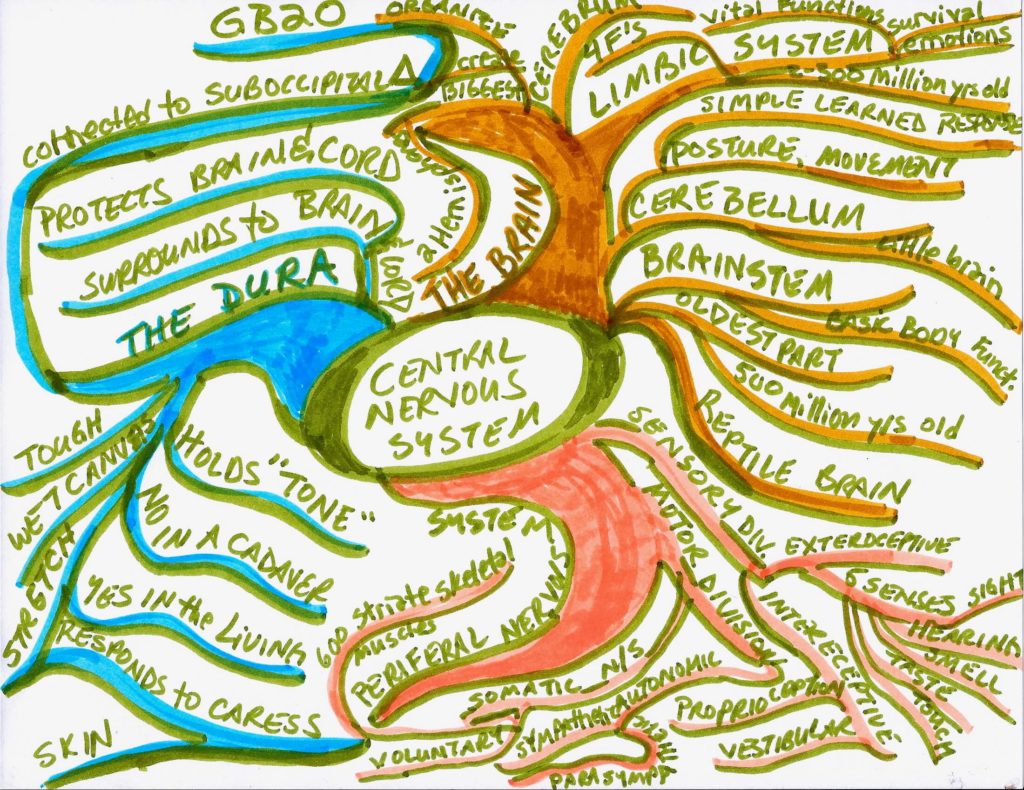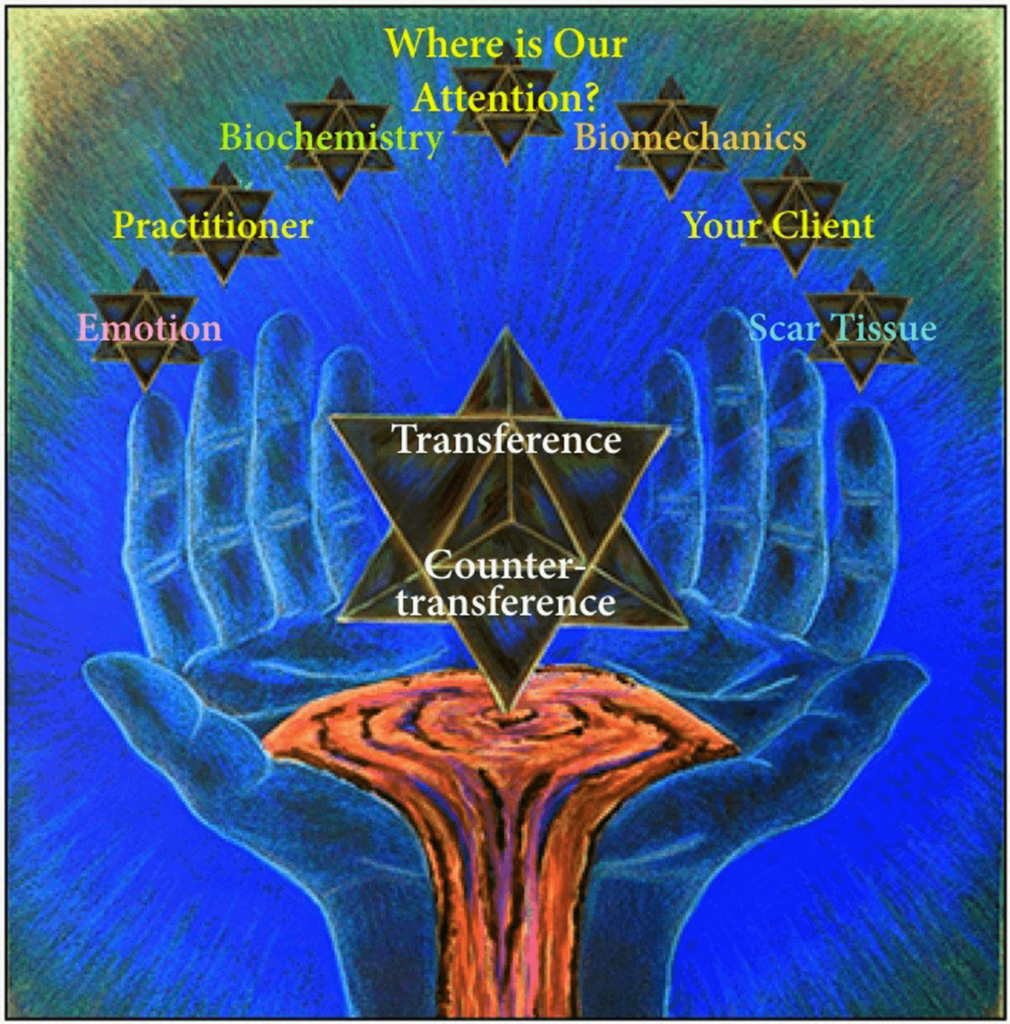Biomechanical stress results from competing strategies to oppose gravity’s pull on our body. If we give in to gravity’s temptation by curling forward, to stay upright we then must compensate by arching our spine backward. This drama plays out along the whole length of the spine – weaving into muscles, connective tissue, and nerves, and distorting our spinal alignment over time. Proper biomechanics means having sufficient flexibility to be comfortable with the movement of weight through our bones. Graceful posture and ease of alignment result from a finely tuned balance between strength, flexibility, and weight distribution.
Tag Archives: flexibility
The surprising truth is that without proper preparation, bodywork is simply not right for everyone right away. There’s often quite a bit of body-based housekeeping to take care of before bodywork becomes an appropriate vehicle to take us where we want to go. Each person has their own particular chores to complete to improve their personal balance of four variables; this is their health equation to solve before bodywork is a viable tool to fulfill any promise of pain relief or personal potentiation.
Accurate proprioception (knowing where you are in space) is a use-it-or-lose-it proposition. Due to scar tissue and inflammatory factors, essential functions of pelvic floor organs and genital tissues can be affected. Scar tissue causes thickening of the extracellular matrix or ECM (the goop between your cells), which reduces blood flow, neural messaging, and sensory integration, eventually interfering with your pelvic proprioceptive literacy. This is a kind of dissociation, an inability to feel parts of your body. The mental representation of pelvic floor muscles, encoded in the sensory motor cortex of the brain, goes dark.
In my professional practice as a health consultant, scar tissue remediator, bodyworker, and teacher, I am increasingly aware of the way transference and countertransference play out across a psychological spectrum. This is an effort to identify that spectrum, so we, as somatic professionals, can successfully offer more dynamic and productive sessions. A picture is worth a thousand words. The image above has meaning to me because many of us have our attention out - in our hands - when we work with clients. Where do we hold our internal awareness?




